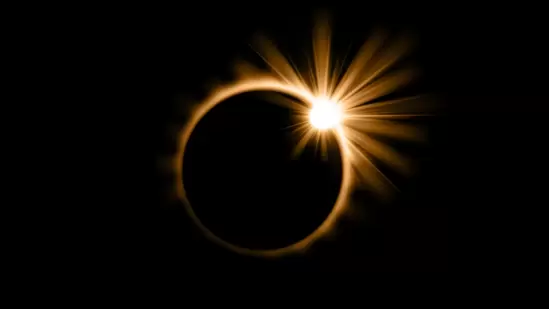
On March 29, 2025, a partial solar eclipse will be observable across multiple continents, including Europe, Asia, Africa, North America, and South America, according to NASA.

Nasa reports that this celestial phenomenon will largely be observable from the Northern Hemisphere, with views also extending over the Atlantic and Arctic Oceans.
For more insights, also read: New warnings about ‘city-killer’ asteroids emerge, as concerns over potential Moon impact grow: Is there time for NASA to intervene?
Even though this solar eclipse will be classified as partial since the Moon’s central shadow will shift south of the Earth, it remains a significant astronomical event.
Viewing Locations for the 2025 Solar Eclipse
This solar eclipse can be seen from various continents, with extensive visibility throughout Europe, being predominantly part of the Northern Hemisphere.
Additionally, you might find interest in: NASA’s latest update on Sunita Williams’ possible return to Earth.
According to NASA, the prime viewing spots will be located in the far eastern regions of North America, where astronomy enthusiasts will witness the eclipsed Sun rising on the eastern horizon at sunrise.
Upcoming Solar Eclipses in 2025
NASA has predicted two solar eclipses for 2025: the first on March 29 and the second on September 21.
For those interested, check out: The final solar eclipse of 2024: A ‘ring of fire’ dazzles observers in South America.
The second solar eclipse of the year will primarily be experienced in the Southern Hemisphere, particularly in locations such as Australia, Antarctica, and sections of the Pacific and Atlantic Oceans.
Understanding Solar Eclipses
A solar eclipse happens when the Sun, Moon, and Earth align, either partially or entirely. This occurrence takes place as the Moon blocks the Sun’s light in specific regions by casting a shadow.
There are four main types of solar eclipses:
1. **Total Solar Eclipse**: The Moon completely obscures the Sun, revealing its corona.
2. **Annular Solar Eclipse**: The Moon appears smaller than the Sun, creating a ring of light around its edges.
3. **Partial Solar Eclipse**: The Moon partially covers the Sun, casting a shadow on the Earth.
4. **Hybrid Solar Eclipse**: A rare phenomenon where the eclipse changes between annular and total along its path.









